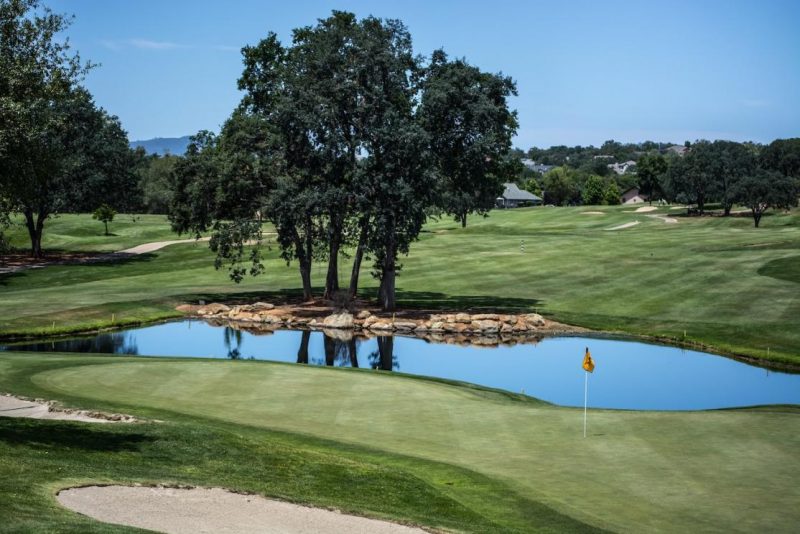Nearly 200 golf courses have closed over the last year in suburbs across the Sun Belt, according to the National Golf Foundation. The surrounding neighborhoods are not being cared for, and concerned homeowners are discovering that the premium they paid to live on a golf course is now vanishing.
The sport has seen a steady decrease in interest over recent years. The National Golf Foundation reports that there has been a 20% decline in the number of golfers since 2003. But some blame how the golf courses were built as one reason for the decrease in interest. The courses were being built in neighborhoods that turned courses into public parks, The Wall Street Journal reports.
Around some shuttered golf courses, the areas can be abandoned and get stuck in legal or local government limbo when determining how to refresh the spaces. For example, in Phoenix, the Ahwatukee Lakes Golf Course for the past five years has been surrounded by a chain-link fence and overgrown weeds as it’s become the focus of ongoing legal disputes.
When golf courses close, nearby homes usually drop by about 25%, but it could be by up to more than 40% if the dispute ends up in court, Blake Plumley, a golf development consultant in Orlando, told WSJ.
In Columbia, South Carolina, the Crickentree golf course closed last July. Developers wanted to turn the defunct course into 450 homes, which current residents have been protesting.
“We were buying peace and quiet and serenity,” one resident told the county’s planning board about why she originally purchased a home on the golf course back in 2013.
County officials say they are weighing neighbor input against the public benefit in deciding whether or not to allow the developer to proceed. ECapital Management purchased the Crickentree course out of bankruptcy last year and has wanted to sell it to a developer to build homes.
Source: “The Most Pressing Question in the Suburbs: What Do You Do When the Golf Course Shuts Down?” The Wall Street Journal (July 20, 2019) [Log-in required.]













